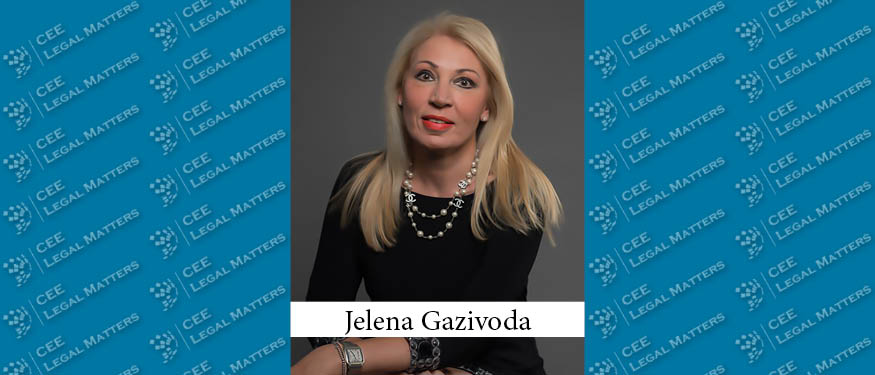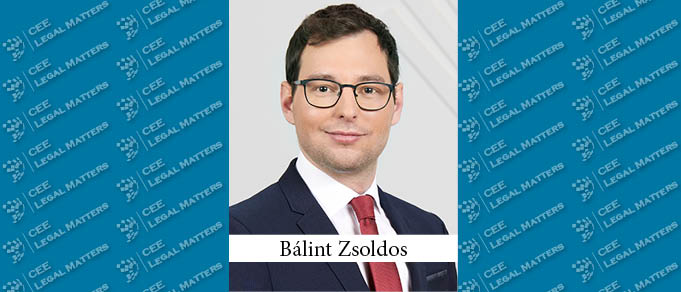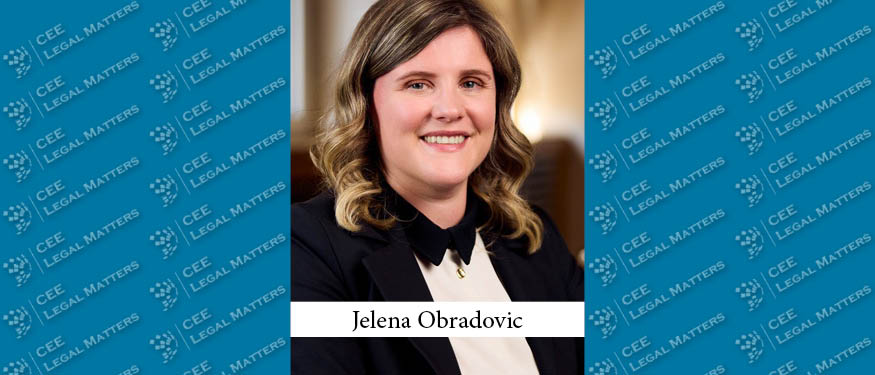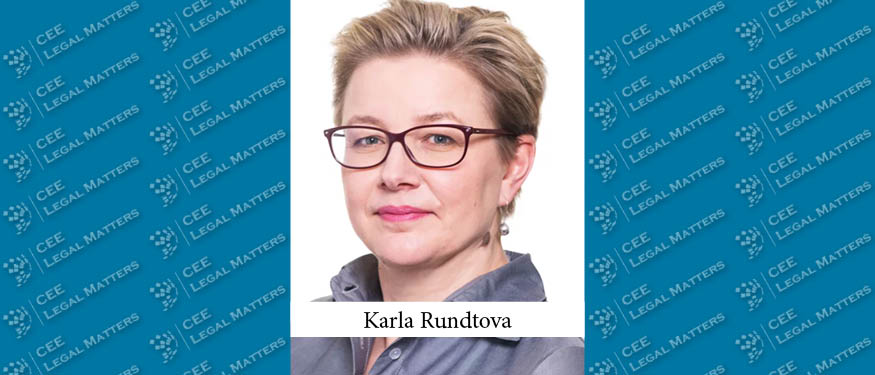JPM & Partners’ energy practice has been busy with projects ranging from drafting Network Codes for transmission system operators, expanding Serbia's gas storage, advising on certification for and obtaining different energy licenses, and the developments of several renewable energy projects, their regulatory compliance, and risk mitigation, according to Senior Partner Jelena Gazivoda, with the current breadth and complexity of energy-related mandates stemming from a pronounced investment cycle in the energy sector of Serbia.
CEELM: What’s been keeping your firm’s energy practice busy over the last 12 months?
Gazivoda: Over the past 12 months, our team has been engaged in a range of legally and commercially complex mandates. We were involved in a project aimed at expanding the capacity of Serbia’s sole underground gas storage facility. We also advised on the certification of energy entities as a prerequisite for obtaining energy licenses and provided legal support throughout the process of obtaining different energy licenses for various market participants.
Additionally, we were involved in drafting the Network Codes for two transmission system operators, and the representation of clients in public consultations and approval procedures involving the Energy Agency of the Republic of Serbia and the Energy Community Secretariat. Naturally, a big part of our work has also been assessing the legal consequences of international sanctions imposed on NIS, particularly their impact on the execution of energy projects of strategic importance to Serbia.
On the renewables side, we were involved in the implementation of several renewable energy projects, with a focus on regulatory compliance and risk mitigation. Finally, we acted in the capacity of Compliance Officer, ensuring adherence to legal and regulatory requirements under the exemption regime from the Third Energy Package. Thus, this past year has been marked by a diverse and challenging caseload, and we anticipate that 2025 will continue to offer equally demanding and legally stimulating engagements.
CEELM: What’s been driving that pipeline of work?
Gazivoda: The current breadth and complexity of energy-related mandates stem from a pronounced investment cycle in the energy sector of Serbia, encompassing both strategically significant infrastructure projects and renewable energy initiatives, the latter of which have seen heightened regulatory and investor focus in recent years. These projects are closely linked to broader national objectives, including the diversification of energy sources and supply routes, the enhancement of energy security and system stability, and the progressive restructuring of Serbia’s energy mix in line with EU-aligned sustainability goals.
The energy sector continues to be deeply interlinked with broader geostrategic dynamics, underscoring the importance of monitoring several key developments. Notable among these are the proposed Hungary-Serbia oil pipeline, the ongoing expansion of regional gas interconnections, and the final stages of several strategically significant infrastructure projects being implemented by EPS. In parallel, the renewable energy sector is poised for continued growth, with particular regulatory and commercial attention increasingly focused on the development of energy storage systems, which are essential for ensuring grid reliability and long-term energy transition goals.
CEELM: What’s the outlook for energy in the next 12 months? increase/decrease and why?
Gazivoda: Given that the vast majority of the projects we are engaged in are structured as multi-year undertakings, we anticipate their continued implementation over the coming period. The pace and trajectory of these projects may, however, be influenced by global developments, evolving regulatory requirements, or internal policy decisions aimed at accelerating progress in alignment with Serbia’s long-term strategic objectives and its international commitments. In this context, I do not foresee a slowdown in our work; rather, I expect an increase in both volume and complexity.
This will likely bring more sophisticated client demands, novel legal questions, and regulatory challenges, along with the professional satisfaction that comes from contributing to projects of significant national and regional importance. Looking ahead to 2025 and the years that follow, I expect increased emphasis on the modernization and optimization of the electricity distribution network. Efforts will likely focus on substantially reducing technical and commercial losses, improving operational efficiency, and aligning the distribution system with evolving regulatory standards and the broader objectives of the energy transition.
Finally, although significant developments in this area are unlikely in 2025, we continue to closely monitor the evolving discourse and research surrounding the potential deployment of nuclear energy in Serbia. Particular attention is being paid to the strategic rationale, regulatory framework, and risk assessment associated with such projects, as well as their potential alignment with Serbia’s long-term energy policy objectives and international obligations.
















